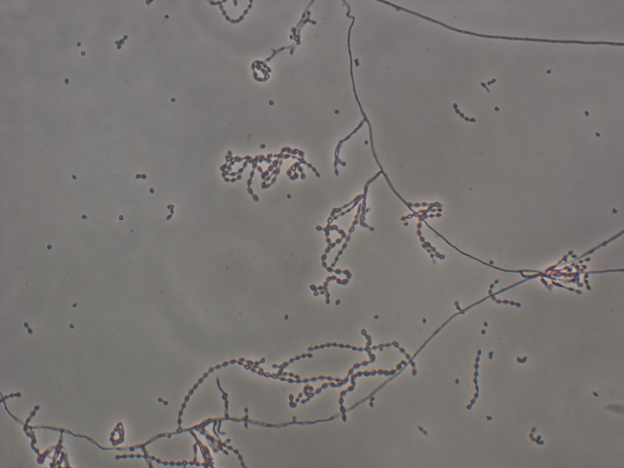

A comparison of wound irrigation solutions used in the emergency department. Tap water as a wound cleansing agent in accident and emergency. Wound infection rate and irrigation pressure of two potential new wound irrigation devices: the port and the cap. Morse JW, Babson T, Camasso C, Bush AC, Blythe PA. Principles of emergency wound management. 5(2):179-81.Įdlich RF, Rodeheaver GT, Morgan RF, Berman DE, Thacker JG. Wound infection following high-pressure syringe and needle irrigation. Pressure dynamics of various irrigation techniques commonly used in the emergency department. Singer AJ, Hollander JE, Subramanian S, Malhotra AK, Villez PA. Cleansing the traumatic wound by high pressure syringe irrigation. Stevenson TR, Thacker JG, Rodeheaver GT, Bacchetta C, Edgerton MT, Edlich RF. Soft tissue foreign bodies: sonographic diagnosis and therapeutic management. Anesthetic and procedural sedation techniques for wound management. Management of lacerations in the emergency department. Eighty-seven cases of a nail gun injury to the extremity. Rosen's Emergency Medicine: Concepts and Clinical Practice. Puncture wounds: therapeutic considerations and a new classification. Kyphotic deformity after laminectomy surgery for a gunshot wound to the spine: a case report. The use of ultrasonography for the detection of retained wooden foreign bodies in the foot. Rubber foreign bodies in puncture wounds of the foot in patients wearing rubber-soled shoes. The management of dirt ingraining in wounds. Small-fragment wounds from explosive devices: need for and timing of fragment removal. Delayed reaction to shrapnel retained in soft tissue. Acute wound healing: the biology of acute wound failure. Advanced hemostatic dressing development program: animal model selection criteria and results of a study of nine hemostatic dressings in a model of severe large venous hemorrhage and hepatic injury in Swine. Pusateri AE, Modrow HE, Harris RA, Holcomb JB, Hess JR, Mosebar RH, et al. A special report on the chitosan-based hemostatic dressing: experience in current combat operations. Wedmore I, McManus JG, Pusateri AE, Holcomb JB. Effectiveness of self-applied tourniquets in human volunteers. Walters TJ, Wenke JC, Kauvar DS, McManus JG, Holcomb JB, Baer DG. Detection and management of foreign bodies in soft tissue. Medicolegal aspects of penetrating hand and foot trauma: ultrasound of soft tissue foreign bodies. Determinants of poor outcome after laceration and surgical incision repair. Singer AJ, Quinn JV, Thode HC Jr, Hollander JE. Evaluation and management of traumatic lacerations. The management and outcome of lacerations in urban children. A five-year prospective study of 23,649 surgical wounds. Clinical characteristics and management of wound foreign bodies in the ED. Levine MR, Gorman SM, Young CF, Courtney DM. Reducing risk in emergency department wound management. Clinical Procedures in Emergency Medicine. Roberts JR, Hedges JR, Chanmugam AS, et al. Risk factors for infection in patients with traumatic lacerations. Hollander JE, Singer AJ, Valentine SM, Shofer FS. Diagnosis and treatment of retained foreign bodies in the hand. 25(1):23-39.Īnderson MA, Newmeyer WL 3rd, Kilgore ES Jr. Principles of basic wound evaluation and management in the emergency department. Very small specimens may be more successfully processed by centrifugation and cell block preparation.Īn illustrated block key similar to the one provided may be useful.DeBoard RH, Rondeau DF, Kang CS, Sabbaj A, McManus JG. Lens paper, biopsy pads or similar are required to prevent loss of tissue during processing.Ĭheck the pot carefully, particularly the lid and around the rim so that all fragments of tissue are found.īe aware that blood clot and mucus may not survive processing. Submit all tissue, transferring directly into cassettes for processing. Large polyps may be bisected longitudinally if required. If intact polyp(s) are present, measure each in three dimensions (mm)ĭissection in not required in most circumstances.Measure aggregate size in three dimensions (mm)īiopsy with minimal fragments and/or polyp.


 0 kommentar(er)
0 kommentar(er)
